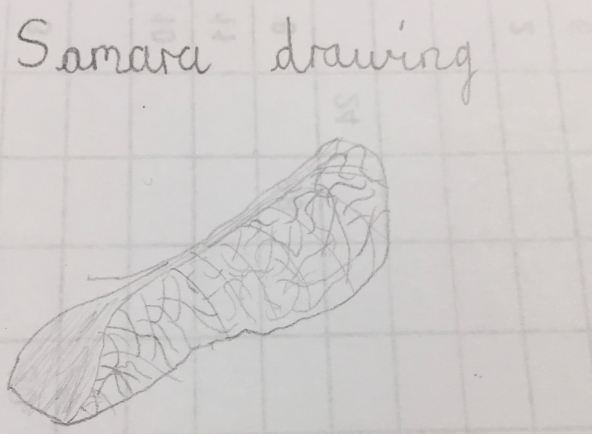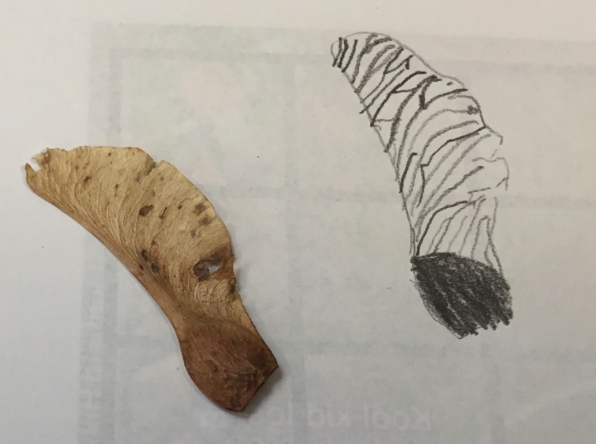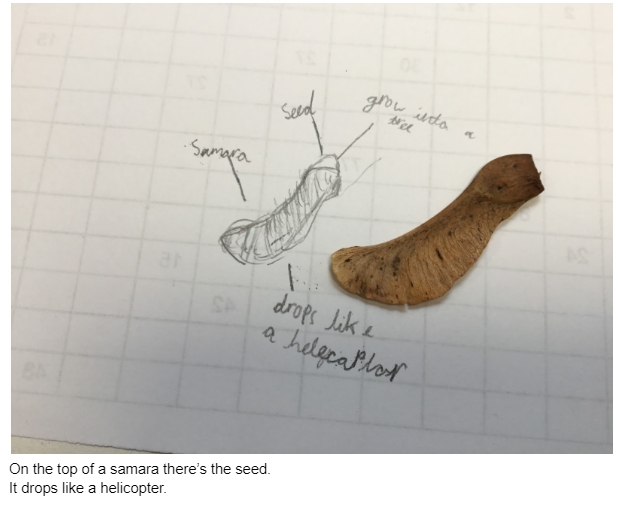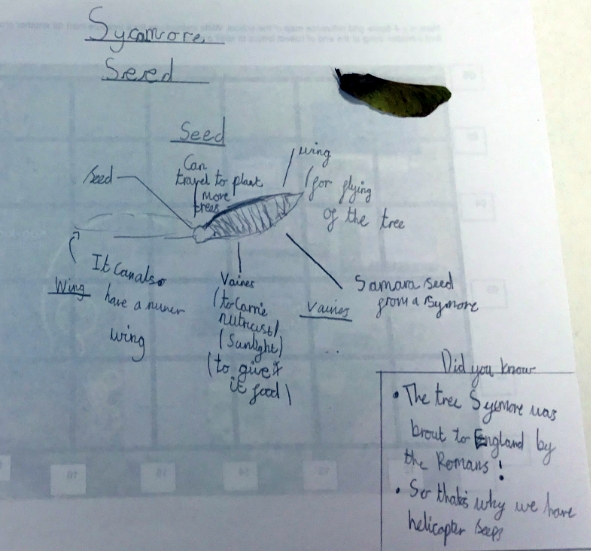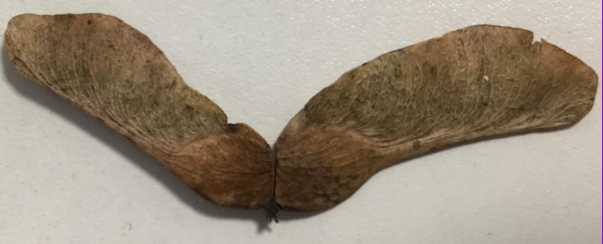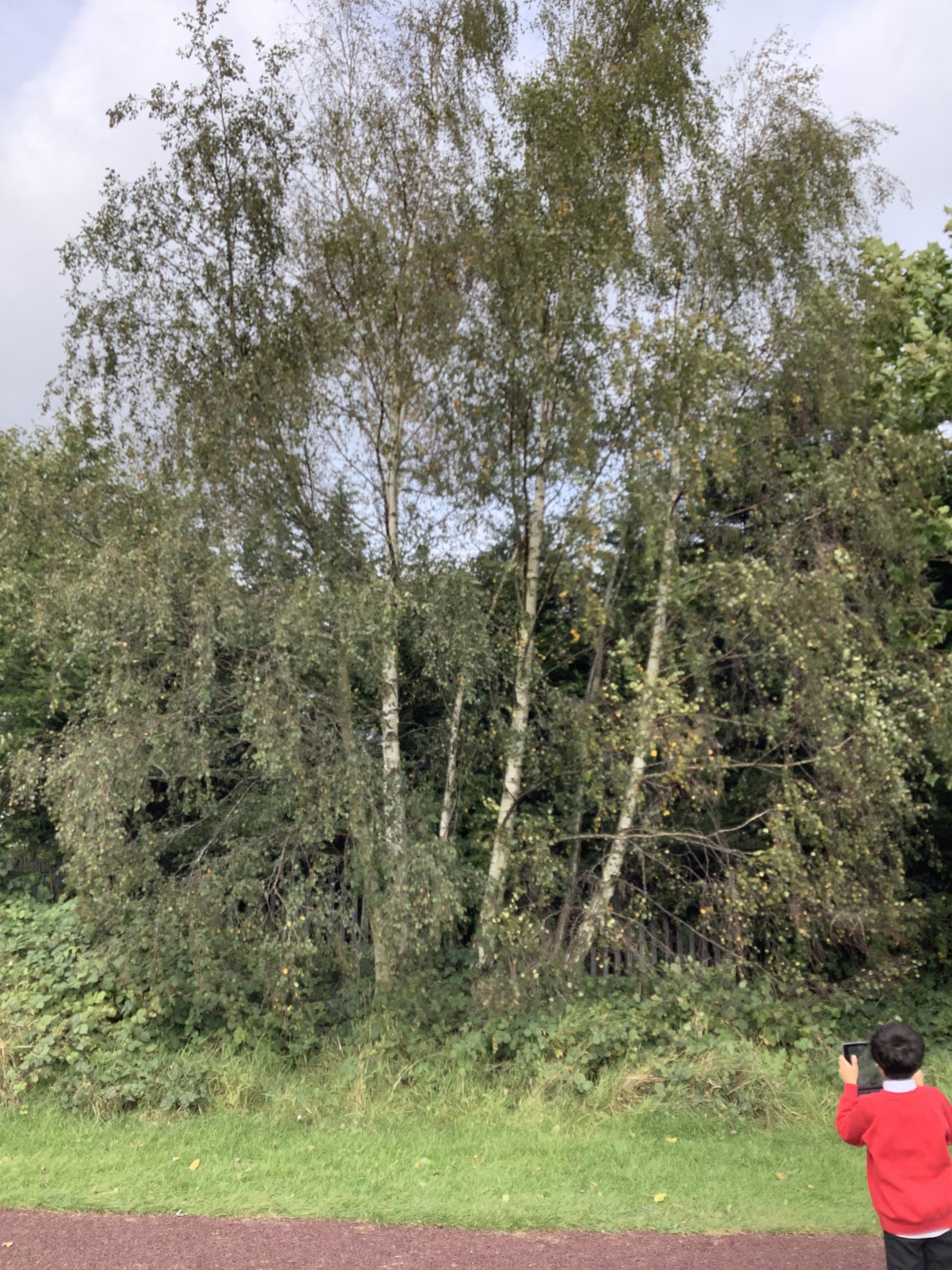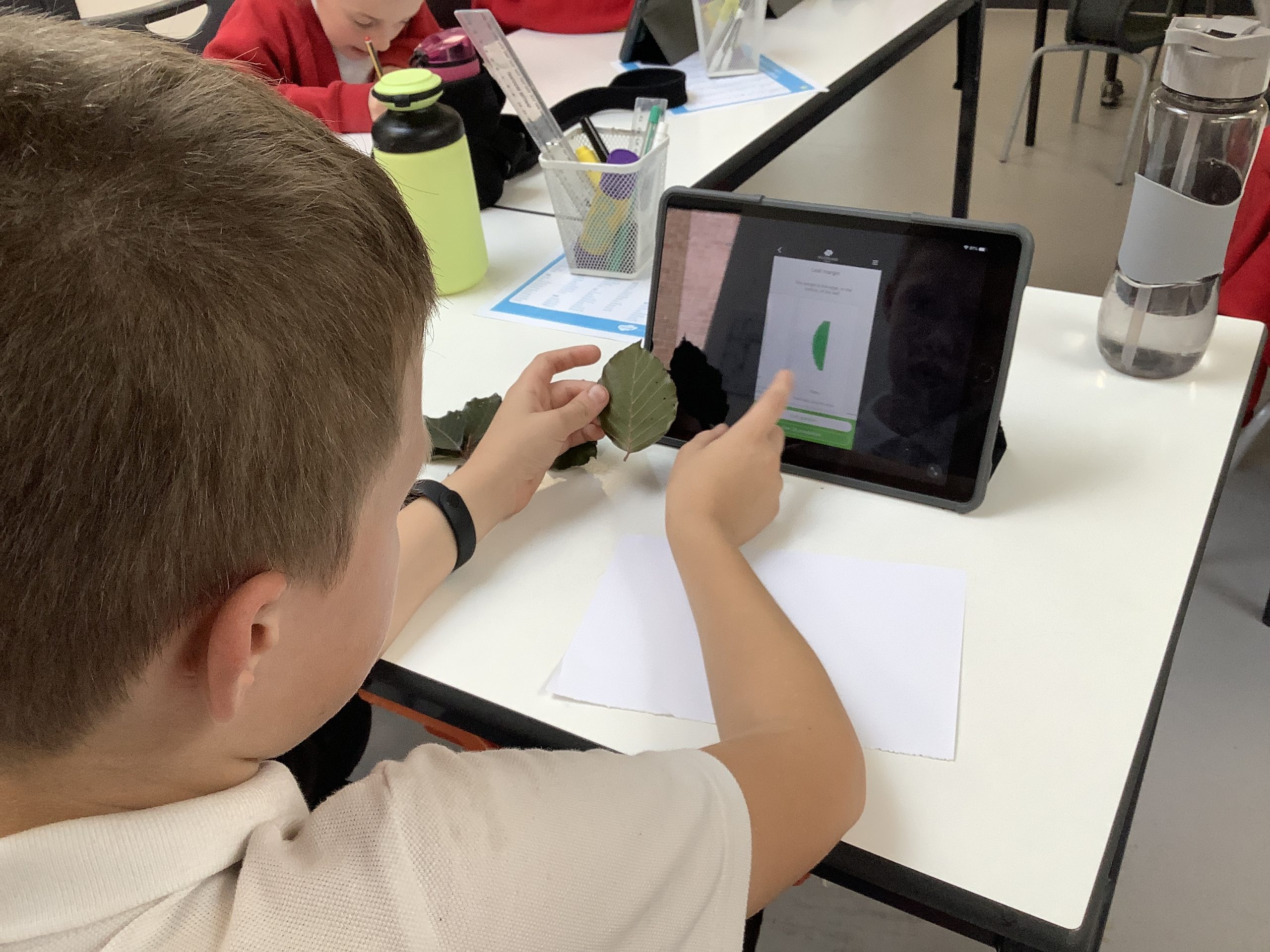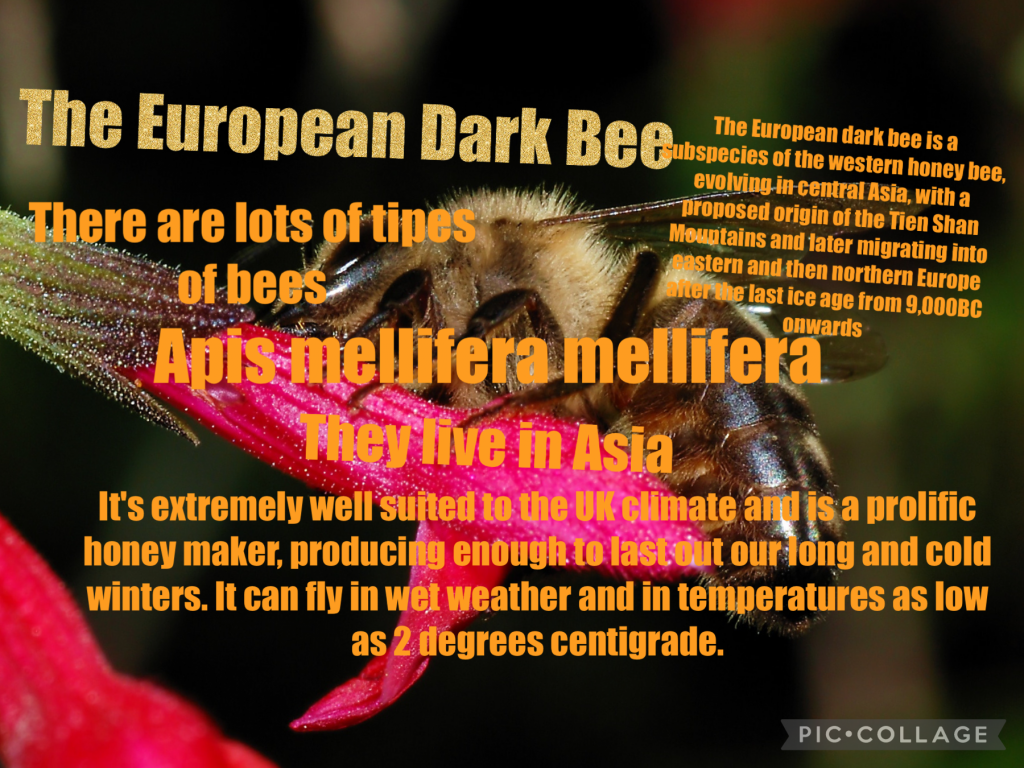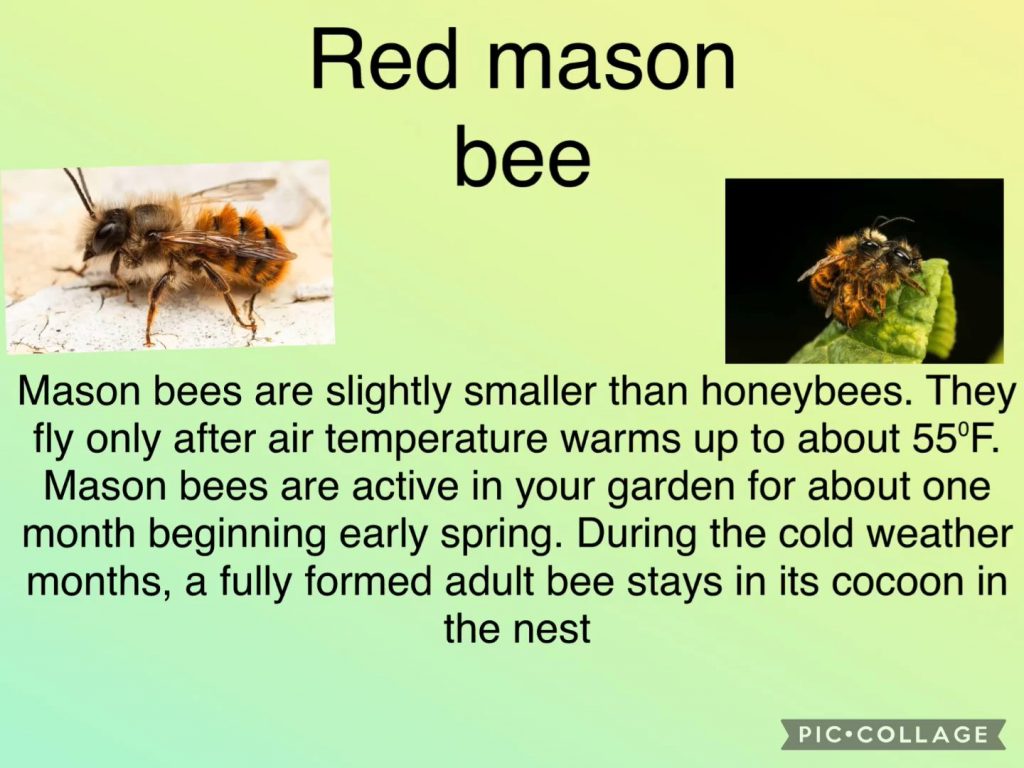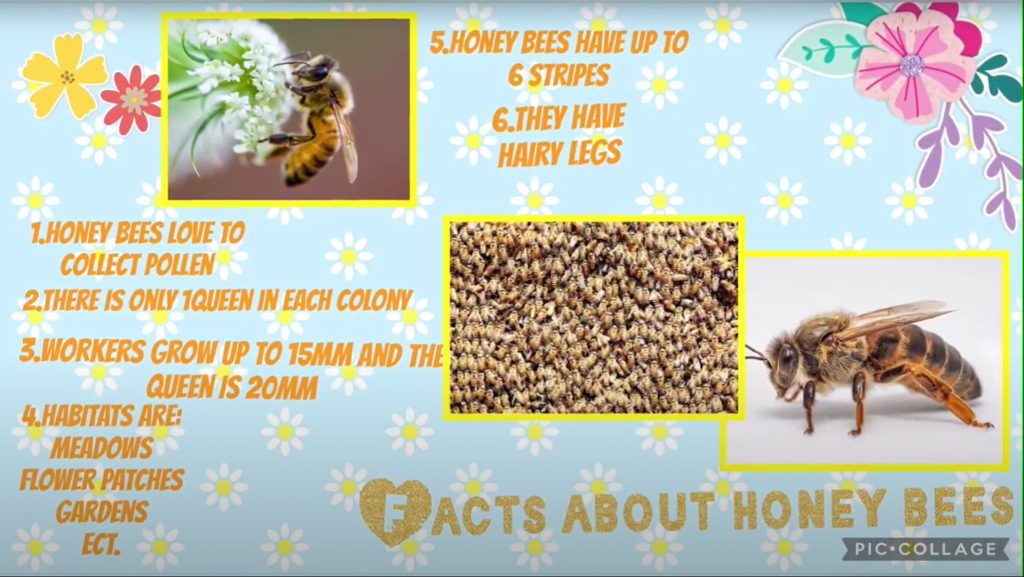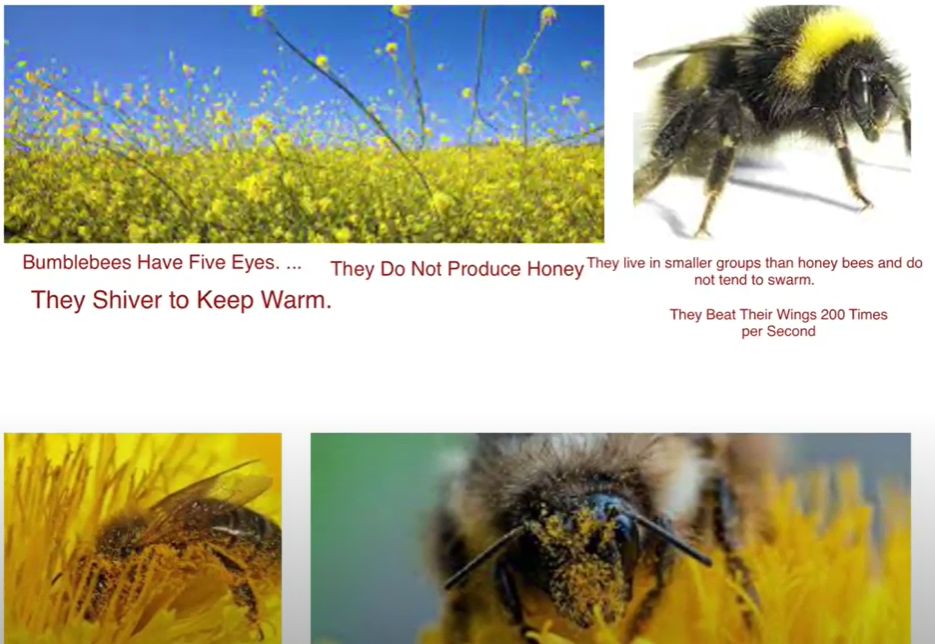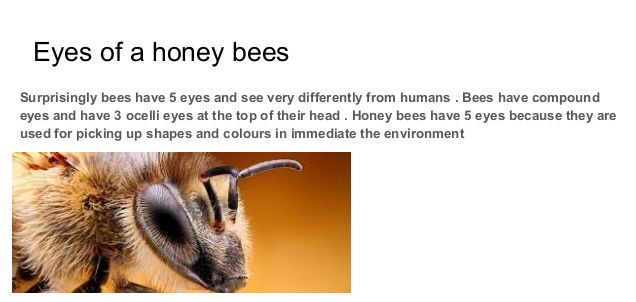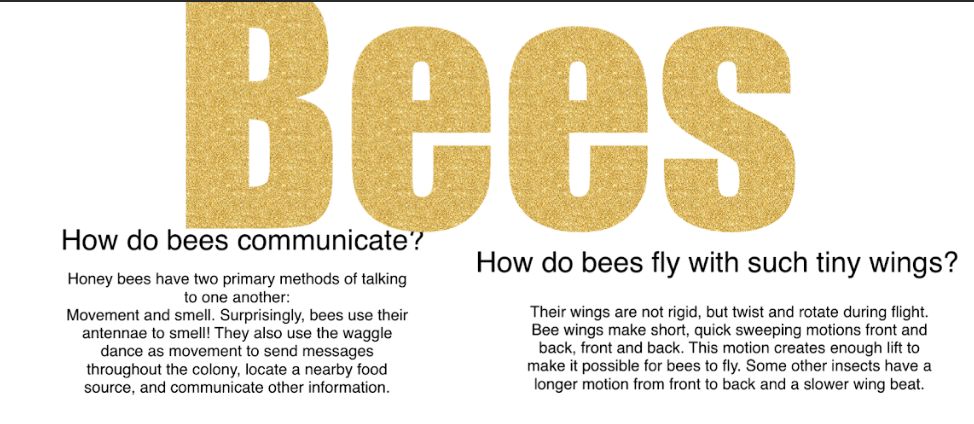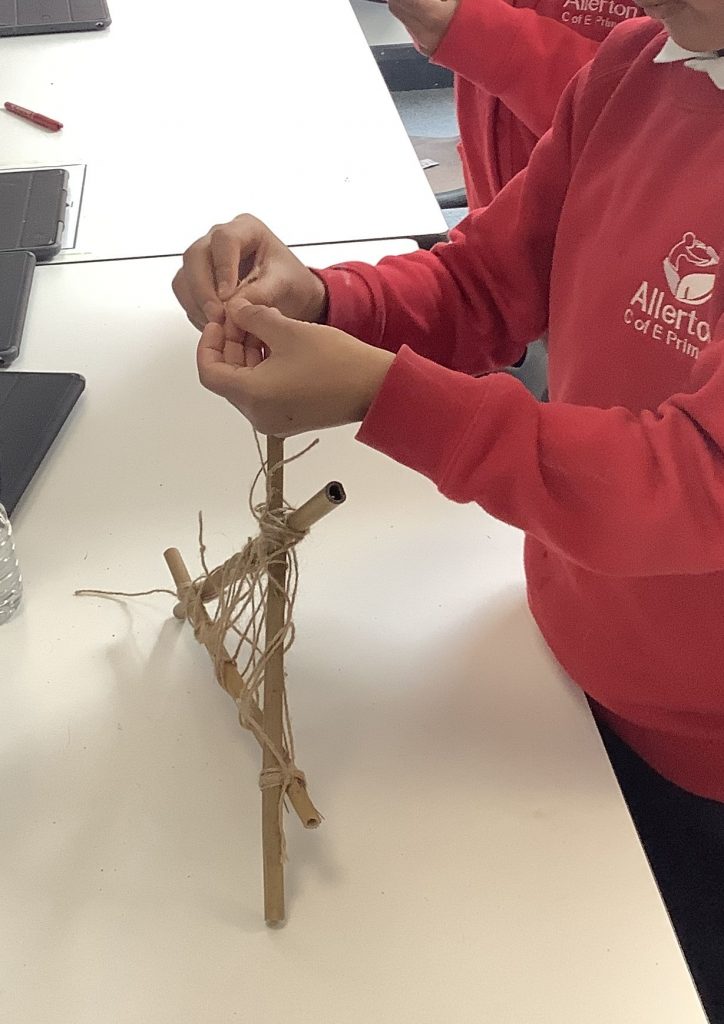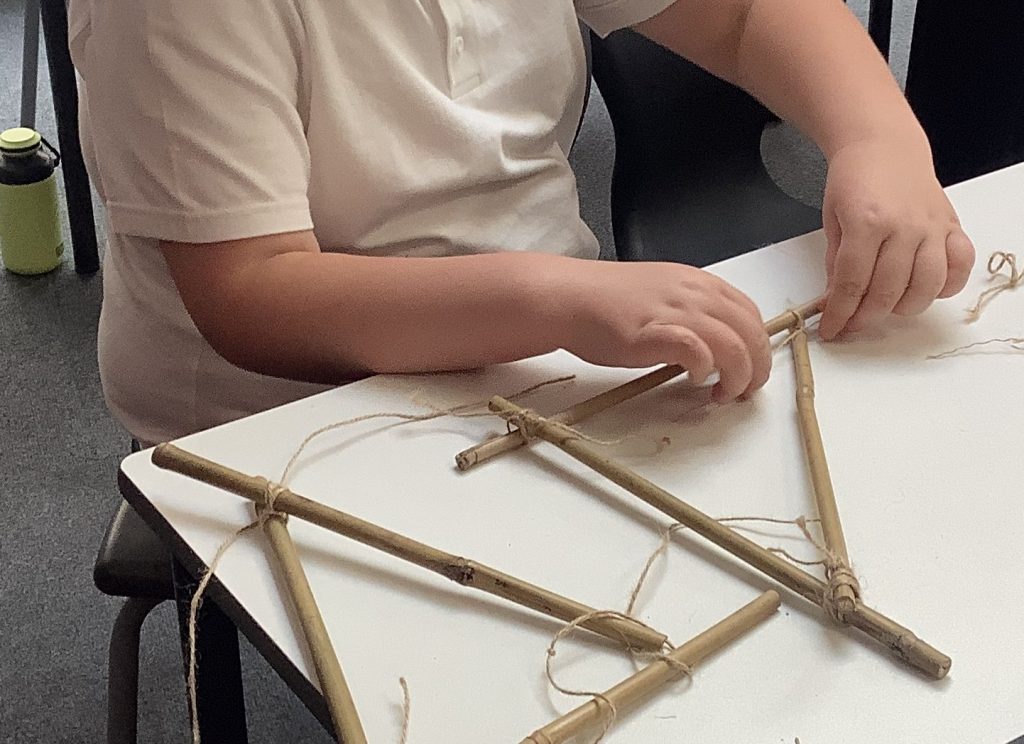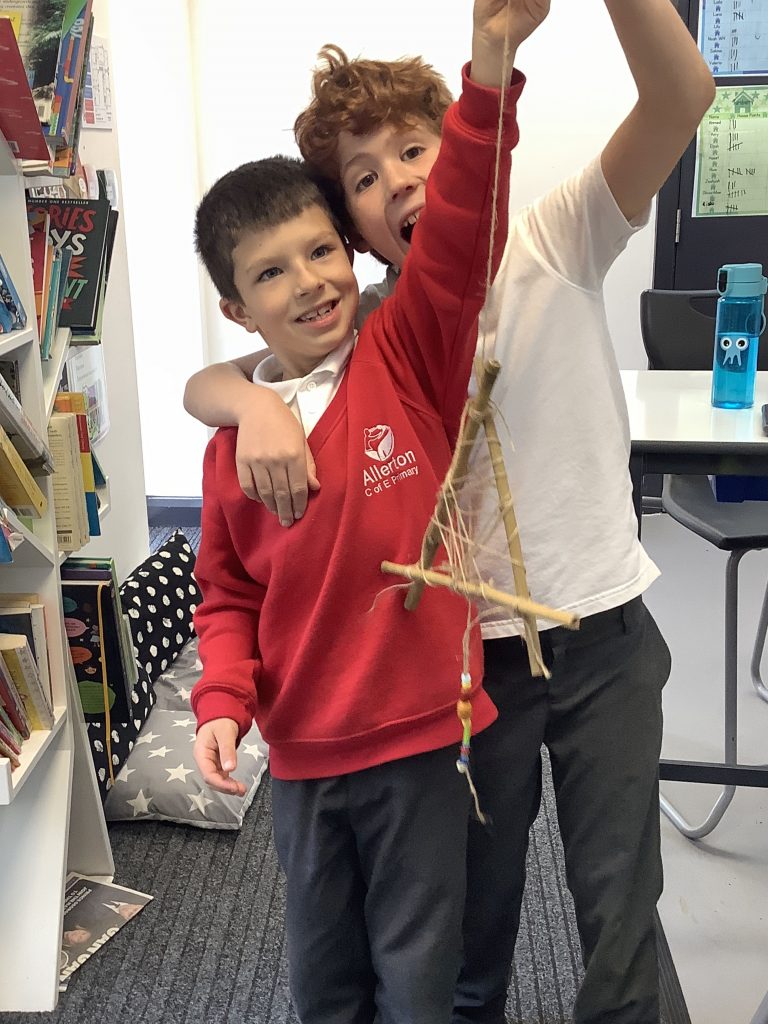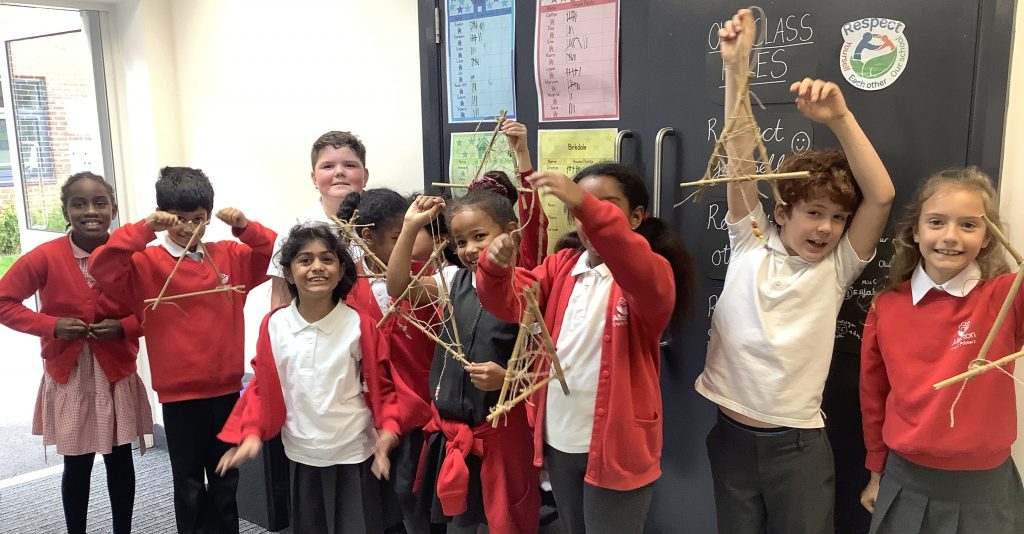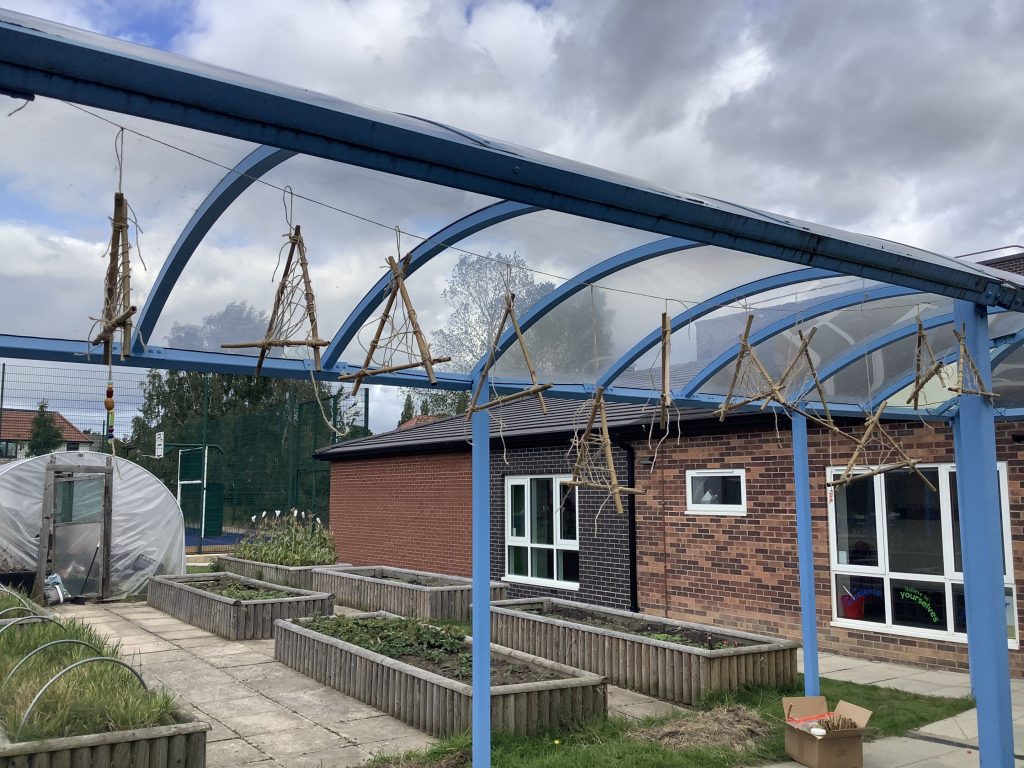This week 4C asked the question “Do trees travel?“
To try and answer this question we looked at sycamore trees which were apparently introduced into this country by the Romans and now grow all the way across the UK. So perhaps our question was already answered?
The seeds on a sycamore tree are called samaras and we examined them carefully, taking photos and drawing them so that we could identify all their features. Here are some of our drawings and photos:
We also made a paper “helicopter” so that we could compare how well our samaras flew compared with our paper ones:

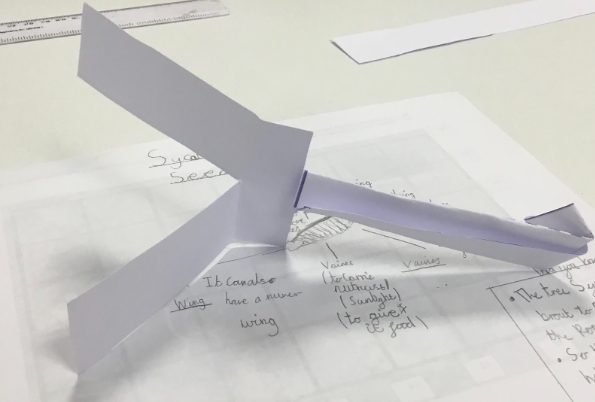
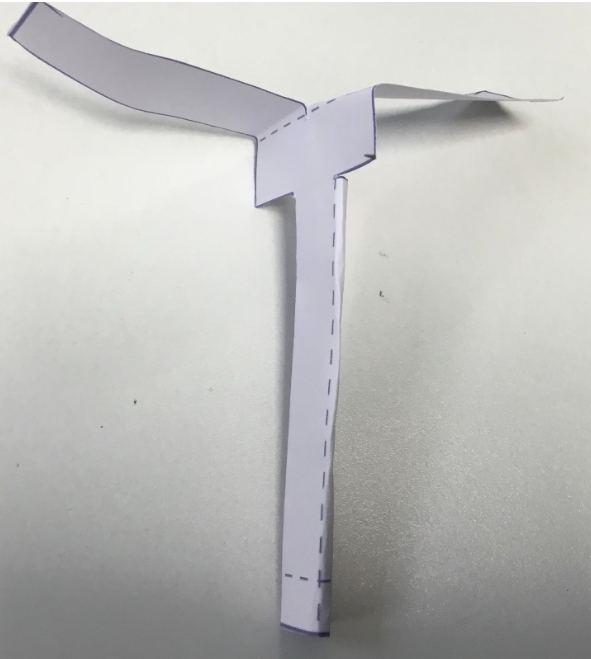
We then took our Samaras and helicopters outside and tried to film them as they fell, whirling through the air.
Our conclusion?
Trees do travel, but very slowly. A sycamore tree can produce huge numbers of seeds which can travel on the wind a reasonable distance from the parent tree but it then takes many years for that see to grow into a tree which can produce more seeds to travel the next section of their journey. In this way, trees have moved north and south with the Ice Ages have changed the climate over thousands of years. Climate change caused by humans may be too rapid for a lot of trees so we may need to give them a helping hand …. just like the Romans did with the sycamores!

